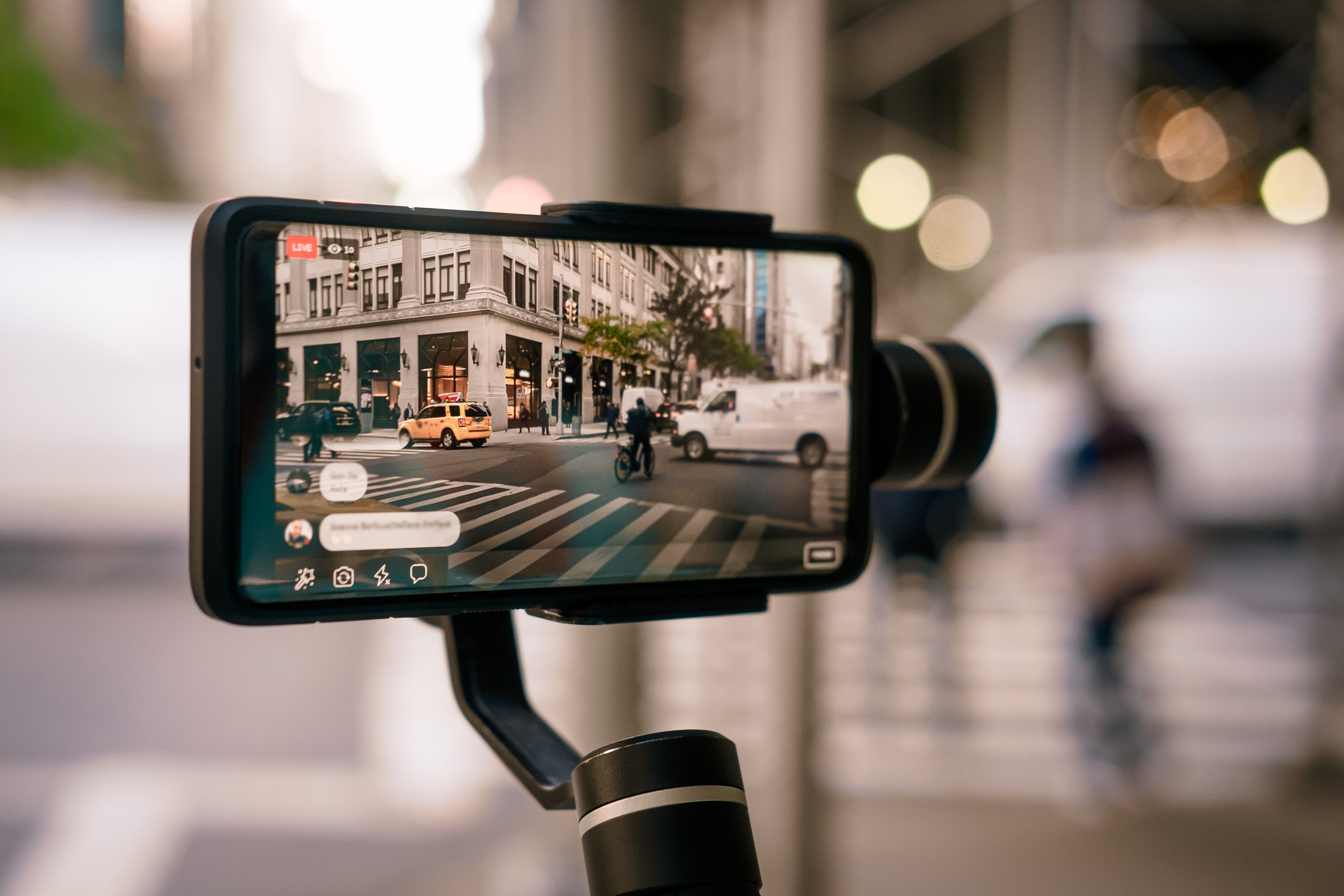Drink a beer; make an impact. Buy more deodorant; kick gender inequality. Join a Facebook Group; be more united. But wait. Don’t Facebook Groups filter our perception of the world, which drives us apart as much as it brings us together?

I’ve been thinking a lot about purpose-driven marketing lately, and not just as a warm-up to last night’s Super Bowl advertising messaging mix. But the challenge is how to execute it in a way that is genuine. At Ananta, we work with a number of nonprofit organizations whose purposeful messaging is an easy fit—a natural, authentic and logical component to our marketing campaigns. Yet, even when your mission is powerful and the primary purpose of your organization’s existence, it can still be tricky business to communicate it through marketing channels. Risky, too.
Consider which ads people are talking about on this Super Bowl Monday. The best and worst. Funniest and flattest. Most powerful and least authentic. It’s no secret that consumers, especially those coveted millennials, favor brands that speak directly to them about issues most important to them. Which is exactly why consumers look at uber-expensive, message-driven Super Bowl ads with a critical eye. And a healthy dose of skepticism.
Does Purpose-Driven Marketing Inspire Us to Be Better or Just Buy More ?
Let’s start with beer. After all, what is the Super Bowl if not an opportunity to drink and sell beer? This year, Anheuser-Busch pledged to convert six square feet of wheat fields into organic farmland for every six-pack of Michelob Ultra Gold sold. This is really cool because the company is not only saying something about its commitment to sustainability but actually doing something about it. But wait. The skeptics (or maybe we should call them experts) hopped right on board explaining just how many six-packs they would have to sell to convert even one average farm to organic. According to Julie Kenney, Iowa’s deputy secretary of agriculture, that number is 2.5 million. So who is Anheuser-Bush kidding?
I suppose in this case you could say that purpose-driven marketing is inspiring us to be better and to buy more stuff. A lot more stuff.
A couple of months ago, one of our clients was debating whether or not to go forward with a sustainability theme to sell more tickets to its biggest fundraiser of the year. Many believed it tied in perfectly with the organization’s mission and current CSR (corporate social responsibility) initiatives. While there was no question that this organization was deeply committed to sustainability, its specific, tangible efforts were newly implemented. For fear of being wrongly perceived as jumping on the sustainability bandwagon in a self-serving, self-promoting way, they pulled back. At least for the time being. They plan to revisit this perfectly appropriate message once they are comfortable that their progress is more notable.
I applaud their restraint. It’s what got me thinking about when and how to broadcast your ideals. If your organization is aligned with worthy causes, and you are making a difference, you should absolutely tell the world. You should be proud. And you should take every opportunity you can to inspire others and start cultural conversations as well as present your brand in a way that resonates with your audience.
You have to wonder why it took so long for Super Bowl advertisers to wake up to the fact that nearly half of their audience is women. But they certainly did in 2020, and to mostly positive reviews. From the first female Super Bowl coach in a Microsoft ad to an all-female cast of astronauts in an Olay ad, it was pretty clear that every creative team got the same memo: It’s time to show support to women in positions of power, strength and achievement in business, sports and every other profession. We are all about that, even if every ad didn’t quite deliver the goods.

So Let’s Make An Impact. Together.
With so many companies promoting really wonderful causes, how can your purpose-driven marketing not only stand out but also be successful? It has to resonate with your audience, reflect their values and engage them in the end product - the impact you make together. This holds true whether they are donating to your fundraiser or buying a six pack of your beer.
We are fortunate to work with so many organizations that are truly making a difference in their communities, and maybe even the world in some small way.



